for Surveying, Documentation, and Inspection of All Types of Structures.
Drones today offer a wide range of applications: they are increasingly used in agriculture, the film and entertainment industry, and even in private settings. In recent years, drones have also become an increasingly attractive tool in the field of surveying. One key reason is their remarkable versatility across various possible applications.
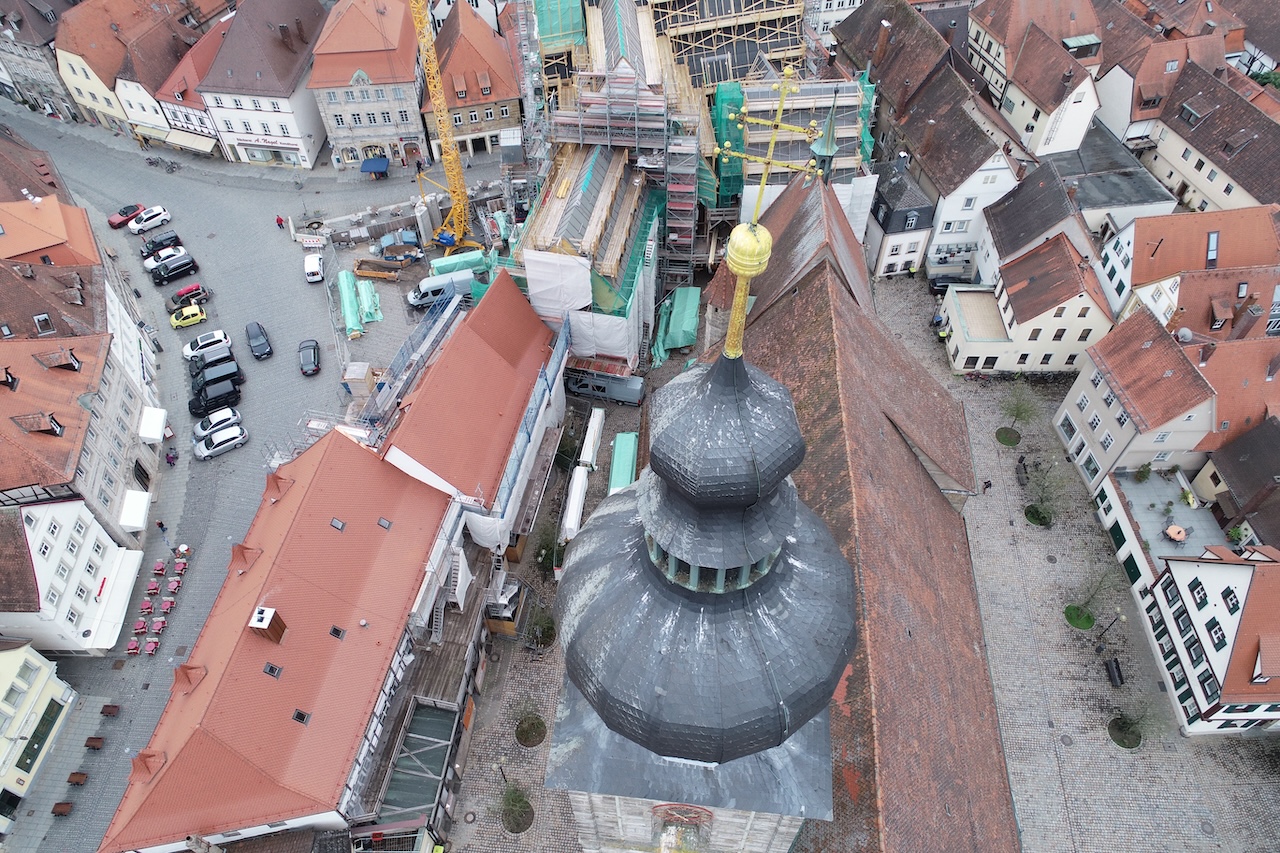
Fast, flexible, precise.
Whenever areas are difficult to access or large surfaces need to be surveyed, drones are the ideal solution.
During a drone flight, thousands of high-resolution images are captured. Using photogrammetry, these images are processed into a colorized, three-dimensional point cloud. Various products can be created and delivered from the point cloud. Here are a few examples:
Faster and denser. The advantages of drones are clear. While traditional surveying methods collected individual points in a certain grid, drone data enables the creation of a point cloud covering the entire terrain. From this, a digital terrain model or site plan can be generated with any desired point density.

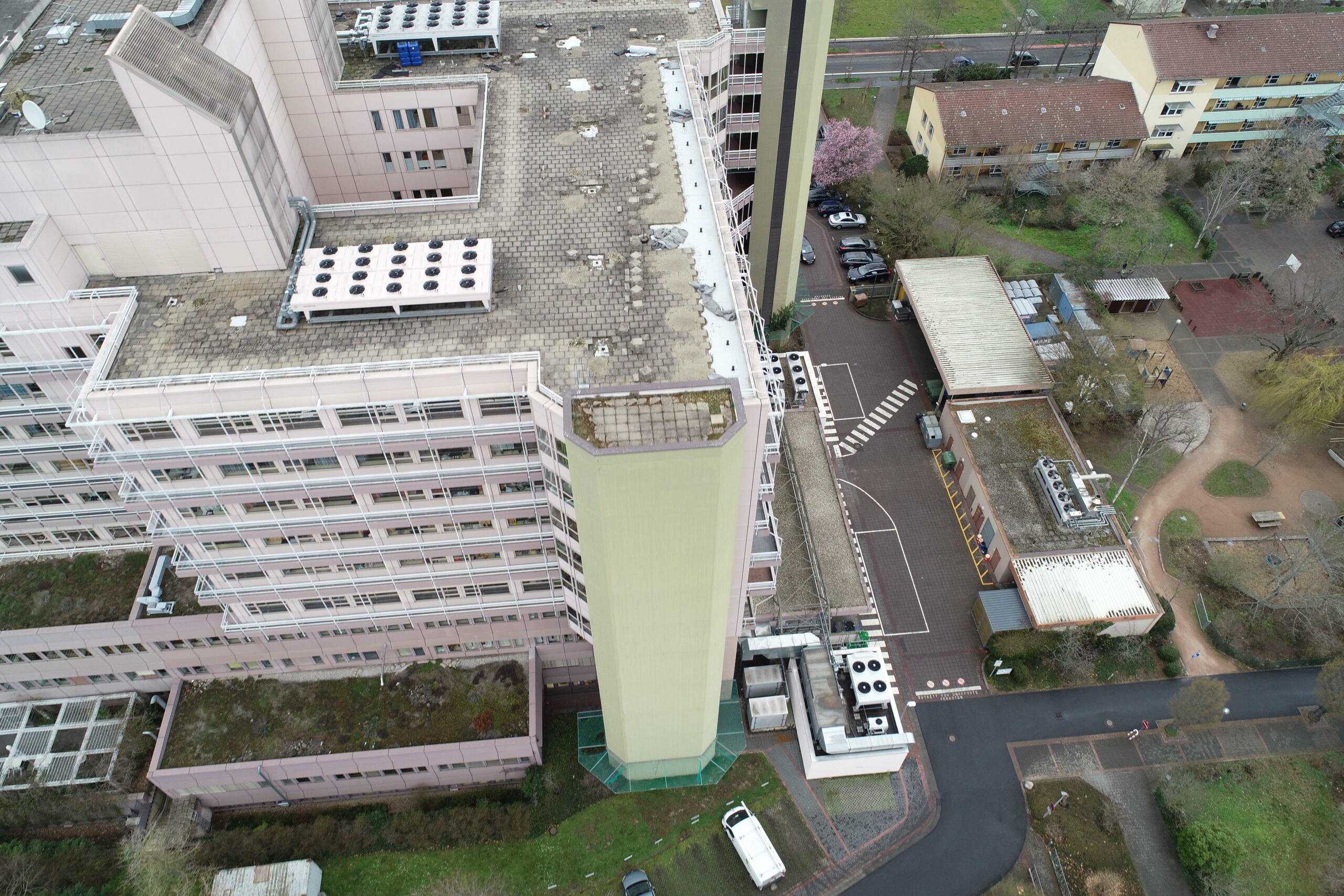
Reliable planning for new construction begins with a terrain survey. Early on, a terrain survey helps determine how much material will need to be excavated or added for the planned project. This simplifies planning and helps prevent disputes with contractors.
Additionally, a Digital Terrain Model (DTM) can be created based on the survey data. A DTM electronically represents the terrain and can be used to produce site plans or cross-sections. Beyond this, DTMs also enable simulations—such as flooding simulation—allowing for comprehensive risk assessments of the construction project.
Hard-to-reach building areas are the drone’s specialty—from bridges to church towers.
Tall buildings / non-accessible areas / contaminated sites
At Metrika360, we combine expertise in processing photogrammetric point clouds generated from drone imagery with point clouds from terrestrial laser scanners or mobile mapping systems. This allows us to deliver maximum quality for every type of project—even the most complex ones.
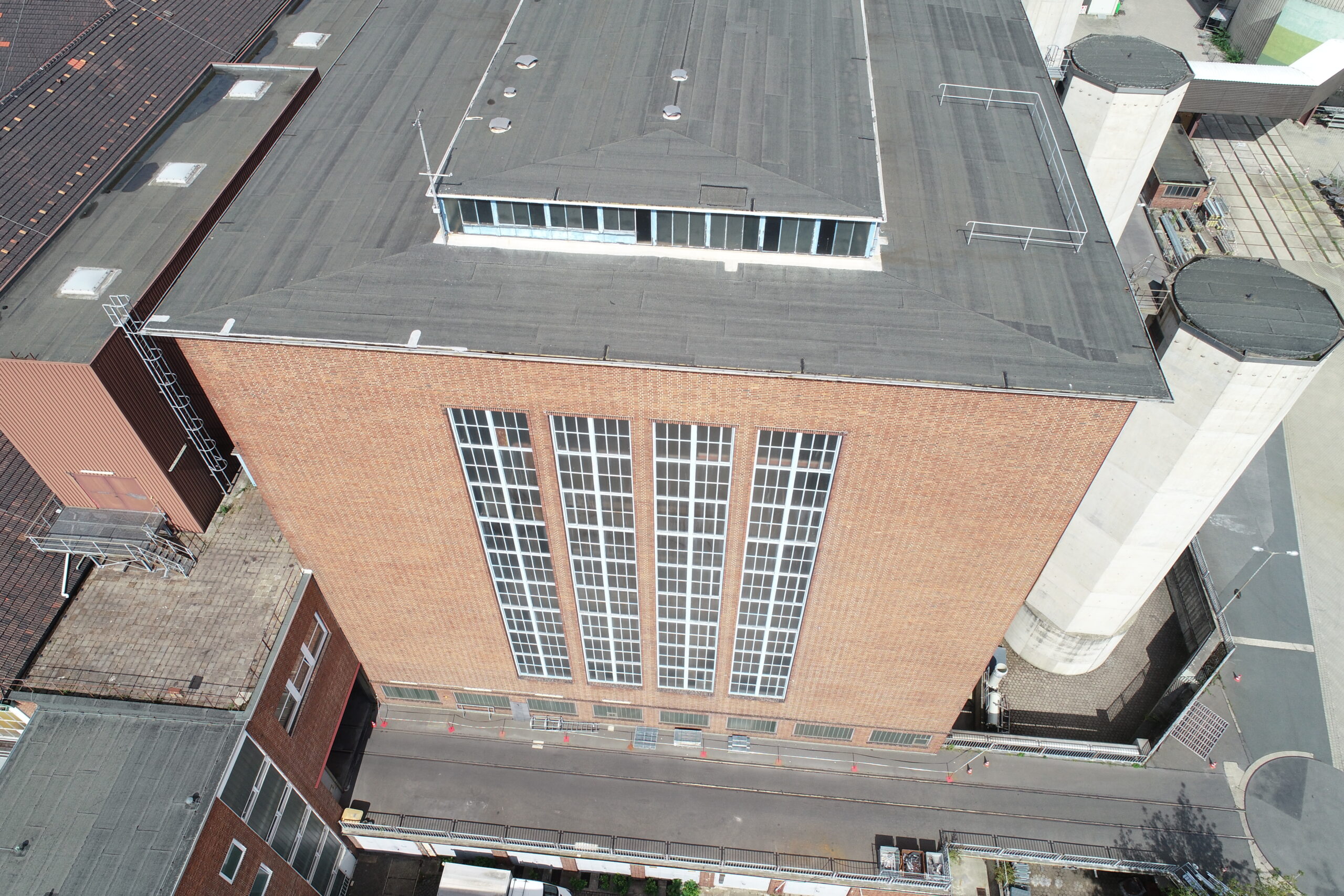
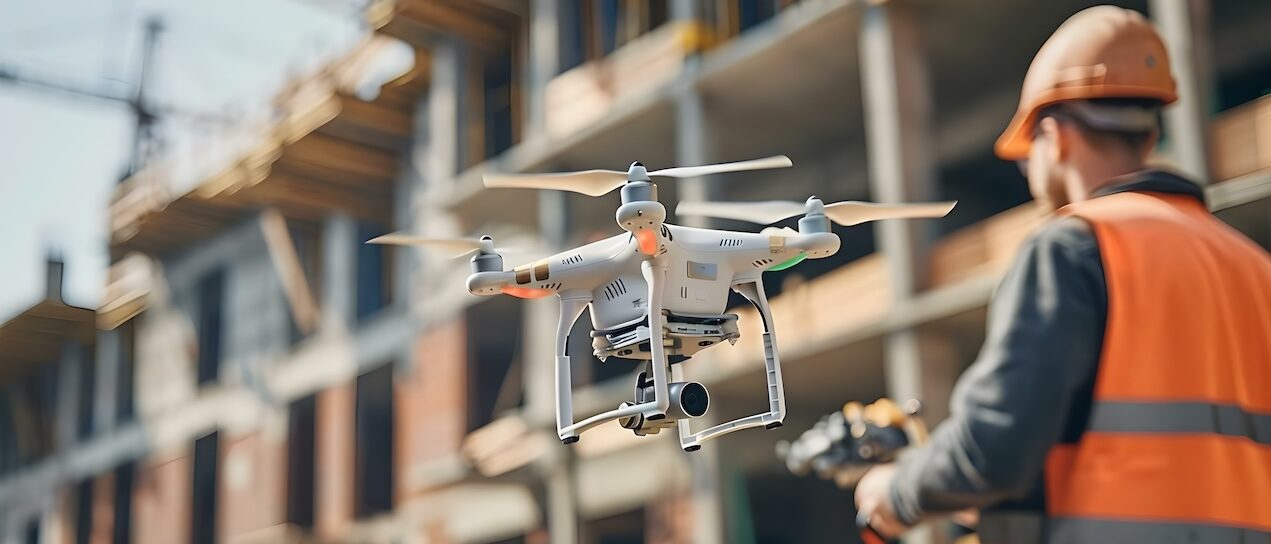
Unlike laser scanning, drone surveying does not emit light pulses; instead, a camera captures images at regular intervals. This method is called photogrammetry. By overlapping the images, specialized software can analyze them and generate a 3D point cloud. The goal of this process is to achieve centimeter-accurate point coordinates. Algorithms known as Structure-from-Motion (SfM) and Dense Image Matching are used to accomplish this.
HIGH ACCESSIBILITY
REPEATABILITY & COMPARISON
PRECISE SURVEYING
VERSATILE DATA ANALYSIS
Below, we briefly summarize the advantages of using drones for your project, including why hiring us makes all the difference:
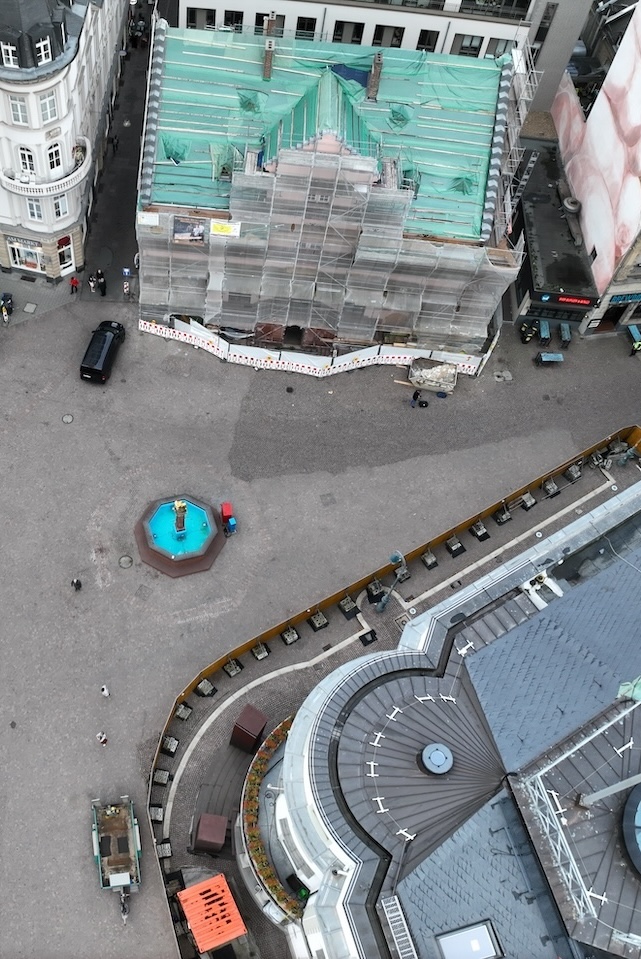
Drones provide a fast, precise, and flexible method for surveying large areas and hard-to-reach locations. They are especially useful when a high point density or repeated measurements are needed to document changes over time. Specific advantages include:
During drone surveying, images are captured from various angles as the drone flies over the target area. Afterwards, photogrammetry is applied to generate a 3D point cloud from the multitude of overlapping images. Algorithms such as Structure-from-Motion (SfM) and Dense Image Matching assist in extracting spatial data from the 2D images. The resulting point clouds can be used for various applications, including the creation of orthophotos, 3D terrain models, as-built plans, and more.
Drone surveying can be used for a variety of purposes, including but not limited to:
By combining photogrammetry with traditional laser scanning methods, Metrika360 is able to deliver maximum data quality and precision for complex surveying tasks.